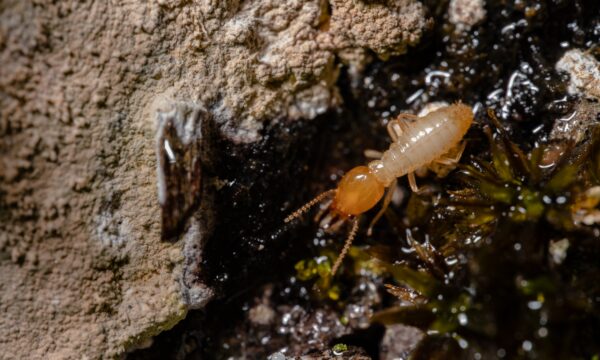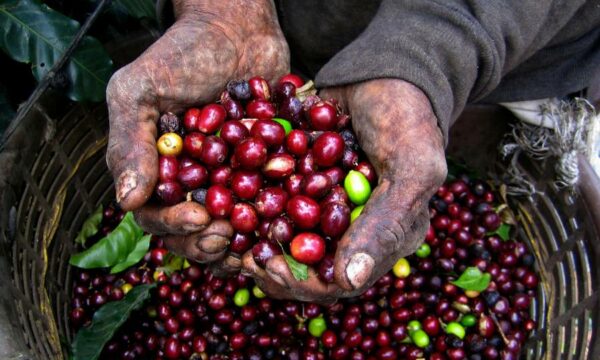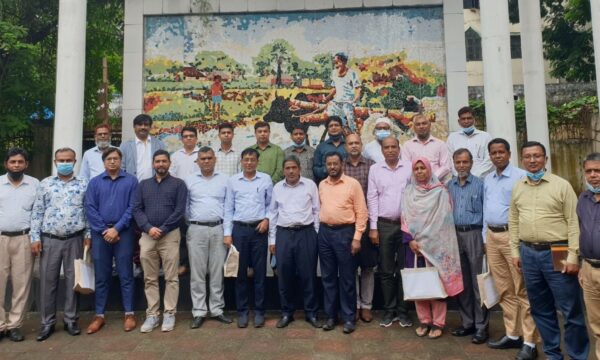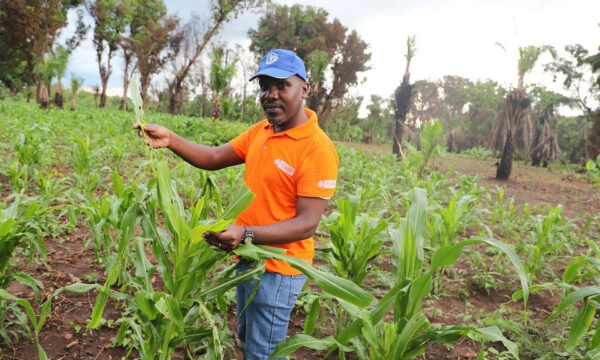A group of scientists at the University of Arizona have this week published a paper in Nature Biotechnology on the evolution of resistance in insect pests populations to insecticidal proteins from Bacillus thuringiensis (Bt) that are produced by transgenic crops. Resistance is defined as the phenotype of an individual that gives the individual the ability to survive on a transgenic insecticidal plant from egg to adult and provide viable offspring. The team analysed field and laboratory data from seventy-seven studies of thirteen pest species in eighteen countries across five continents. Entomologist Bruce Tabashnik and colleagues found well documented cases of field-evolved resistance to Bt crops in five major pests as of 2010. 60% of these cases occurred in the U.S.A, where approximately half of the world’s Bt crop acreage is planted. In some cases, resistance to Bt evolved within as little as two to three years, whilst in other cases Bt crops have remained effective for more than 15 years. The research team aimed to better understand how quickly insect populations are evolving resistance to Bt crops and how this is occurring.

Women assess a range of fodder and cereal crops that can be used as refugia for stem borers susceptible to the Bt toxin. In a longstanding partnership under the Insect Resistant Maize for Africa (IRMA) project , CIMMYT works with the Kenya Agricultural Research Institute (KARI) to offer farmers maize varieties that resist borers, which otherwise cause heavy losses (approximately 12% of Kenyas annual maize crop). In addition to conventional breeding, one source of resistance in developing these varieties has been the soil bacterium Bacillus thuringiensis. A gene from this bacterium inserted into Bt maize causes it to produce a protein that is selectively toxic to certain borer species. However, resistant borers unaffected by the toxin will reproduce and eventually predominate, unless farmers use refugia to maintain a susceptible population.
Image © CIMMYT (CC-BY-NC-SA 2.0)
Approximately 1 billion acres of Bt crops have been planted in the past 16 years and many kinds of transgenic crops are now available for commercial use, including herbicide tolerant crops, insect resistant crops, and drought and stress tolerant crops. Bt crops that have been developed to date include maize, cotton, rice and soyabeans. The factors found by the research team that favour efficacy of Bt crops are in line with what would be expected based on evolutionary theory. The researchers reported in their paper that factors that appear to delay Bt resistance in insect populations include recessive inheritance of resistance, low initial frequency of resistance alleles and abundant refuges of non-Bt host plants. The researchers have suggested how this type of data can be used to provide practical advice on insect resistance management. For example, if data collected suggests that the pest’s resistance is likely to be recessive the risk of rapid resistance evolution is low. However when the resistance risk is higher farmers should take more stringent measures to delay resistance, such as requiring larger refuges. The concept behind providing refuge habitat is to reduce the selection pressure so that resistant insects have less of an advantage in comparison to non-resistant insects. This management strategy requires that a host plant other than the Bt crop is grown nearby as a refuge for the pests. The larger the refuge the smaller the proportion of the population exposed to selection.
Resistance in insects is a serious problem which can lead to increased insecticide use and can compromise the development of new novel pest management products. For some pests such as the Colorado Potato Beetle (Leptinotarsa decimlineata) and the Diamondback moth (Plutella xylostella) resistance is now so widespread that few effective management options remain. Further research into resistance management of transgenic insecticidal Bt crops is particularly important because Bt crops are an effective and targeted method of pest management that reduces spraying of insecticides and associated environmental risk.
‘Tracking the Evolution of Pest Resistance to Transgenic Crops’, GENNewsHighlights, June 2013
‘Bug Haven Keeps Maize Pest Proof’, CIMMYT E-news, December 2005
Tabashnik, B., Brévault, T., & Carrière, Y. (2013). Insect resistance to Bt crops: lessons from the first billion acres Nature Biotechnology, 31 (6), 510-521 DOI: 10.1038/nbt.2597
3 Comments
Leave a Reply
Related News & Blogs
5 common chilli pests and diseases
Chilli pests and diseases can considerably impact crop production. Not only can pest and disease outbreaks lead to severe yield losses, but they also reduce quality and lower market value. In many countries, including India, Bangladesh, Malawi, and Tha…
12 June 2025





Reblogged this on Science on the Land and commented:
argylesock says… Some of the most popular GM (genetically modified, also called genetically engineered, GE) crops are Bt crops. That means that the make an insecticide called Bt toxin in the crop plant’s own tissues. The Bt toxin kills insect pests that eat the crop, After a while – sometimes a short while – the insects evolve to resist that Bt toxin. Here’s some science about how well Bt crops are succeeding, and about how soon they fail, and about how farmers can manage the pests’ evolution.
Reblogged this on GreenSky.
[…] How well does this work in practice? How soon do insect pests evolve resistance to the toxin? What can farmers do to get the best out of Bt crops? Another not-for-profit, Plantwise, tells us about insects evolving resistance to Bt toxin and farmers’ responses to that. […]